Watermelon Crimson Sweet
$4.49
Citrullus Vulgaris
- Seed Count 15
- High Sugar Content
- Annual
In stock
Description
Watermelon Crimson Sweet is a reliable favourite, that delivers exactly what its name promises: deep crimson flesh, an irresistible sweetness, and that quintessential juiciness that makes every bite a delight.
The fruits are typically large, averaging between 9 to 14 kg, with a sturdy, slightly striped rind that transitions from green to a duller shade when ripe. Inside, the flesh is a vibrant red, fine-textured, and most importantly, bursting with that unmistakable watermelon sweetness. Watermelon Crimson Sweet remains a benchmark for flavour, striking the perfect balance between sugar and water content.
The vines are vigorous, spreading generously, which is part of what makes this watermelon such a productive grower. Each plant can yield multiple fruits, so a few seeds go a long way in filling a summer table.
Another appealing aspect of Watermelon Crimson Sweet is its versatility. Of course, it’s perfect for eating fresh, sliced straight from the fridge or tossed into a fruit salad but its high sugar content also makes it excellent for juicing, sorbets, or even pickling the rind if you’re feeling adventurous.
It’s a no-nonsense watermelon that does what it’s supposed to do, grow big, sweet, and juicy. There’s a reason this variety remains popular, it simply works. So whether you’re a seasoned gardener or just starting out, Watermelon Crimson Sweet seeds offer a dependable way to bring a taste of summer to your backyard.
| Method: Sow direct | Soil Temp: 21°C - 35°C |
| Cool Mountain: Sep - Dec | Position: Full sun |
| Arid: Sep - Mar | Row Spacing: 75 cm |
| Temperate: Aug - Dec | Planting Depth: 10 mm |
| Sub Tropical: Aug - Jan | Harvest: 80 Days |
| Tropical: Apr - Jul | Plant Height: 20 cm |
Climate and Seasonal Timing
- Temperature Requirements: Watermelons require temperatures above 20°C for germination and optimal growth. Ideal growing temperatures range between 21°C and 35°C.
- Planting Seasons: See climate guides on product description.
- Frost Sensitivity: Ensure all threat of frost has passed before planting. Use protective covers if unexpected cold snaps occur.
Site Selection and Soil Preparation
- Sunlight: Choose a site with full sun exposure. Watermelons require at least 8-10 hours of sunlight daily.
- Soil Type: Prefer sandy loam that is rich in organic matter. Heavy clay soils can be amended with compost or sand to improve drainage.
- Soil pH: Maintain a soil pH between 6.0 and 7.5. Conduct soil tests and amend soil with lime if the pH is too low.
Planting Techniques
- Direct Seeding vs. Transplanting: Direct seed watermelons in the ground or start indoors and transplant. Transplanting can give plants an early start.
- Spacing: Space mounds about 75 cm apart.
- Isolation from Wind and Weeds: Use windbreaks or plant near natural barriers. Employ mulch to suppress weeds.
Watering and Irrigation
- Initial Watering: Keep soil consistently moist but not waterlogged, especially during germination and initial growth.
- Drip Irrigation: Use drip irrigation to deliver consistent moisture and minimize fungal diseases associated with overhead watering.
- Reduced Watering at Fruit Maturation: Gradually decrease watering as fruits start to mature to concentrate sugars and improve sweetness.
Fertilisation and Nutrient Management
- Initial Fertilisation: At planting, use a balanced slow-release fertiliser with emphasis on potassium for fruit development.
- Supplemental Feeding: Apply a side dressing of compost or additional fertiliser throughout the growing season, focusing on nitrogen during vine growth, and phosphorus and potassium when fruits start to develop.
Pest and Disease Control
- Common Pests: Monitor for aphids, cucumber beetles, and cutworms. Utilize organic pesticides or companion plants for natural deterrents.
- Diseases: Practice crop rotation to reduce fungal diseases like powdery mildew. Use resistant varieties when available. Ensure proper airflow and sunlight penetration by pruning leaves if necessary.
Companion Planting
- Beneficial Companions:
- Marigolds: Deter nematodes with their strong scent.
- Radishes: Protect against cucumber beetles and enhance soil health.
- Corn: Acts as a natural windbreak and provides shade for younger plants.
Avoid Planting With:
- Potatoes: They compete for nutrients and attract similar pests.
- Other Cucurbits: Avoid planting near cucumbers and zucchinis to prevent cross-attraction of pests and diseases.
Harvesting
- Timeframe: Typically, watermelons are ready to harvest about 80 days after planting, depending on the variety.
- Indicators of Ripeness: The watermelon should have a hollow sound when tapped, the underside will turn a creamy yellow, and the tendril near the fruit stem will dry out.
Order Times
Seed orders are normally dispatched within three business days. You will receive an email when seeds are mailed out.
Postage Days
Seeds are mailed out Monday to Friday at 1pm. Except for the Friday of long weekends.
Postage Times
WA 2-3 Days: SA,NT 3-5 Days: NSW, ACT, QLD, VIC: 5-7 Days
Carrier
We use Australia Post Letter Postage for the majority of orders
Not only are our seeds packed in recycled paper envelopes, we keep the theme going when we post out website orders. To protect your seeds from moisture and the letter box munchers (snails), we use a very special plastic free material made from plants. They are then put into recycled mailing envelopes. Green all the way 💚🌿

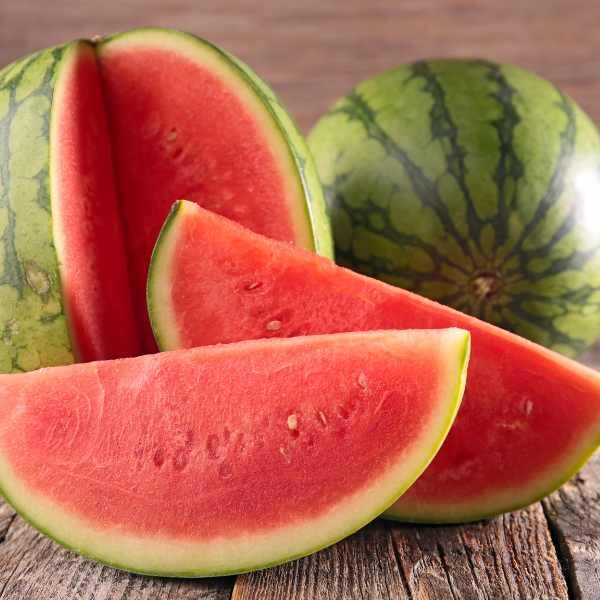



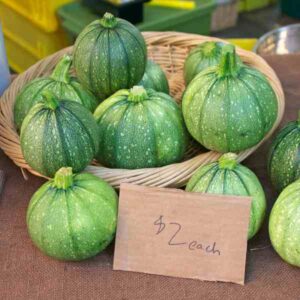
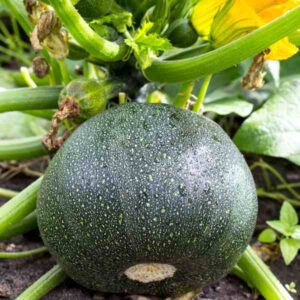
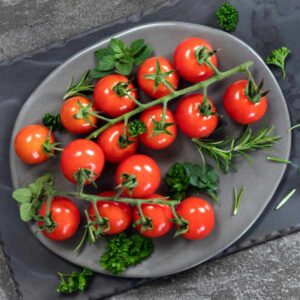
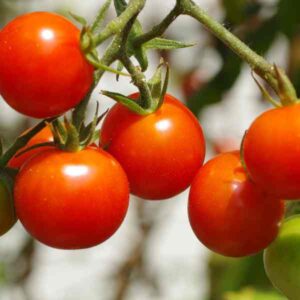
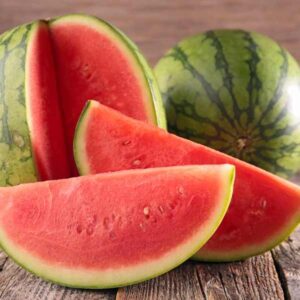
Really good quality, healthy seeds…can’t wait to have the best watermelons this season.